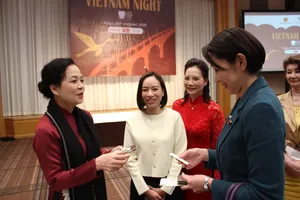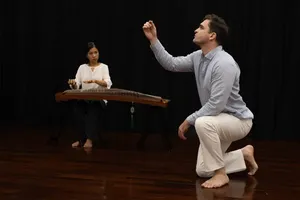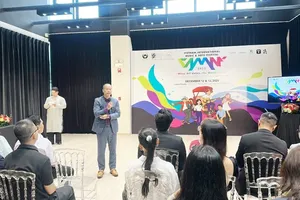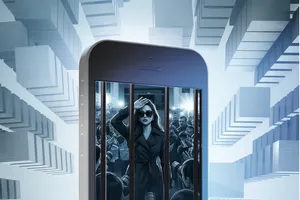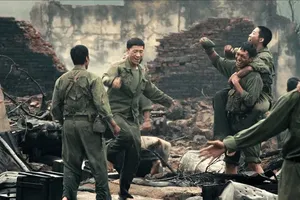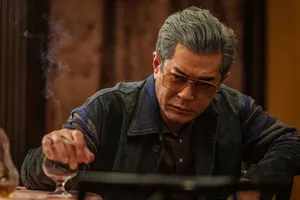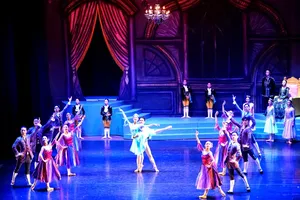
AI enters the realm of sculpture
For a long time, technology has played a role in various stages of sculptural creation. According to sculptors, the recent surge in AI development has accelerated the creative process, shortened the time required for practice, and expanded the possibilities for experimentation.
Many AI tools are now capable of analyzing thousands of classical and contemporary sculptures to generate new design suggestions. Software such as Midjourney, DALL·E, and AI-integrated 3D design systems like Runway ML or ZBrush with AI plugins enable artists to easily simulate form, material, and lighting before moving on to manual execution or 3D printing.
The most significant benefit of applying AI in sculpture is the reduction of time and production costs. Previously, the process from sketch to completion could take weeks or even months; however, with AI, the 3D modeling phase can be completed in just a few minutes from a hand-drawn sketch or a verbal description. AI also accurately calculates the amount of materials needed and suggests machining methods to minimize waste, thereby conserving resources and reducing environmental impact.
Sculptor Nguyen Xuan Tien, President of the Ho Chi Minh City Fine Arts Association, said that the use of image classification systems enables sculptors to create numerous design prototypes in a short period, which is beneficial for projects requiring multiple presentation options. This support allows artists to be more creative and experimental, overcoming barriers of language, culture, and geography, and expanding access to resources and tools globally.
Adaptation with the reality
The rise of AI is an undeniable reality. However, unlike other visual arts, sculpture possesses its own unique language—the language of form. From form comes the play of light and shadow, creating variations in tone and image depending on the curvature, depth, and perspective of the surface. Thus, every sculpture is the crystallization of artistic labor, intellect, and emotion—an evolving process from sketch to completion.
Sculptor Lam Quang Noi observes that in other art forms, technology—especially AI—can serve as a highly effective support tool. Yet in sculpture and relief art, form, volume, and three-dimensional space exist as independent entities. Determining how far a nose should project, or how deep the eyes should recede, must be carefully considered within the overall spatial harmony—challenges that AI still struggles to resolve. At best, technology can assist in certain technical stages such as model prototyping, stone carving, or bronze casting. Sculpture, being the creation of tangible forms in real space, represents an unending journey of creativity, where the artist engages in a dialogue with material through physical strength, intellect, and soul.
Sculptor Nguyen Xuan Tien adds that AI’s role remains limited for monuments and large public works requiring varied perspectives, multiple phases, diverse materials, and the evaluation of art councils. While it can reduce costs and shorten timelines, it can’t match the artistic quality achieved through traditional methods.
Conversely, for decorative sculptures or mass-produced pieces, the integration of 3D and AI technology brings strong economic benefits including faster production, precision, and reduced labor and costs. In architecture, AI also proves valuable in the conceptual stage where just a few sketches or verbal descriptions can generate diverse, visually rich design proposals.
Ultimately, sculpture, at any stage, remains an art of form and light, of the dialogue between human and material, between emotion and space. Technology can enhance speed and precision, but only the human spirit can breathe life into inert stone, bronze, or wood, transforming them into art. Therefore, to “adapt to circumstances” in the digital era does not mean chasing technology, but mastering it—to preserve the essence of creativity, something no AI can ever replace.


